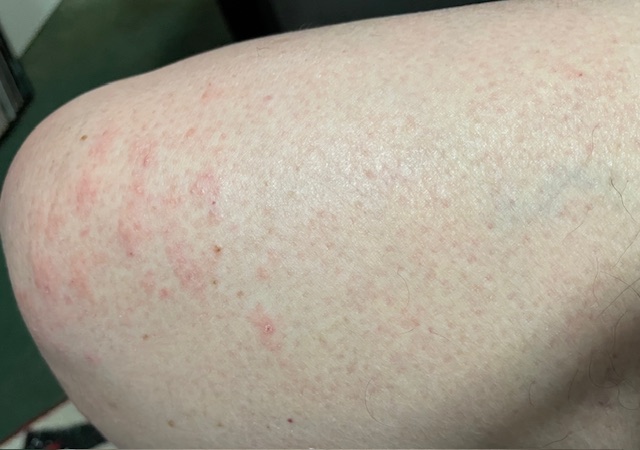
Boating with Poison Ivy: What to Know Before You Set Sail
Summer is the perfect time to hit the water, but if you’ve had a recent run-in with poison ivy, your boating plans might feel a bit… itchy. Whether you’re recovering from a rash or worried about exposure while exploring the shoreline, here’s what you need to know about boating with poison ivy.
First, What Is Poison Ivy?
Poison ivy is a plant that contains urushiol, an oily resin that causes an allergic skin reaction in most people. It can lead to red, itchy rashes, blisters, and swelling. The rash isn’t contagious, but the oil can linger on clothes, gear, and even your boat.
Boating While You Have a Rash
If you already have a poison ivy rash and are planning to go boating, here are some tips to stay comfortable and avoid making it worse:
Do:
- Cover the rash with breathable, loose-fitting clothing to protect it from sun and saltwater.
- Bring soothing treatments like calamine lotion, hydrocortisone cream, or antihistamines.
- Stay cool—heat and sweat can make itching worse.
- Rinse with fresh water after swimming in saltwater, which can dry out the rash but may also irritate broken skin.
Don’t:
- Scratch! It can lead to infection.
- Let others touch your gear or clothing if it might still have urushiol on it.
- Sit in wet clothes—moisture can aggravate the rash.
Cleaning Your Boat and Gear
If you think you were exposed to poison ivy while boating (especially if you went ashore), it’s important to clean your gear:
- Wash clothing, towels, and life jackets in hot water with detergent.
- Wipe down surfaces on your boat with rubbing alcohol or a degreasing cleaner to remove any lingering urushiol.
- Clean shoes and paddles—urushiol can stick to rubber and plastic for days or even weeks.
Avoiding Poison Ivy on Shore Excursions
If your boating trip includes hiking or camping, be on the lookout for poison ivy:
- Learn the saying: “Leaves of three, let it be.”
- Wear long pants and closed shoes when exploring.
- Use barrier creams if you’re in high-risk areas.
- Wash exposed skin with soap and water within 30 minutes of contact.
Final Thoughts
Boating with poison ivy isn’t ideal, but it doesn’t have to ruin your adventure. With a little preparation and care, you can still enjoy the water while managing your symptoms and avoiding further exposure.